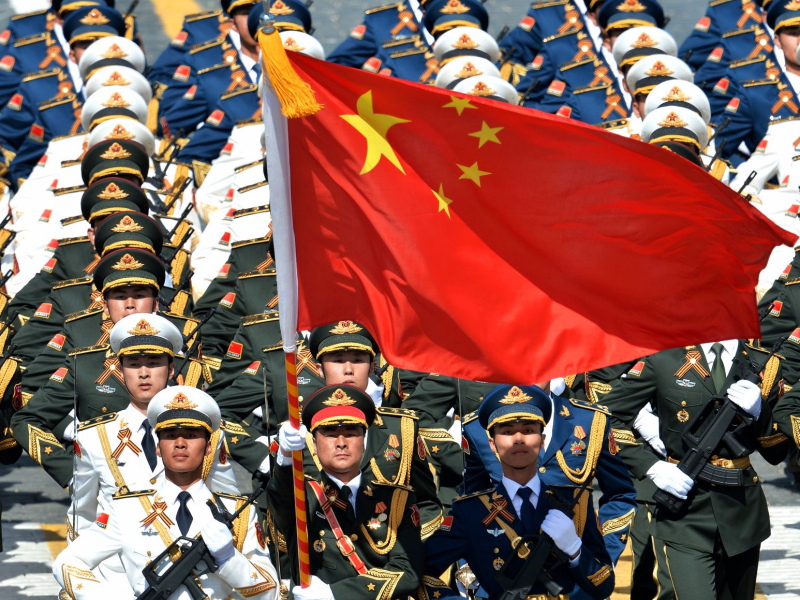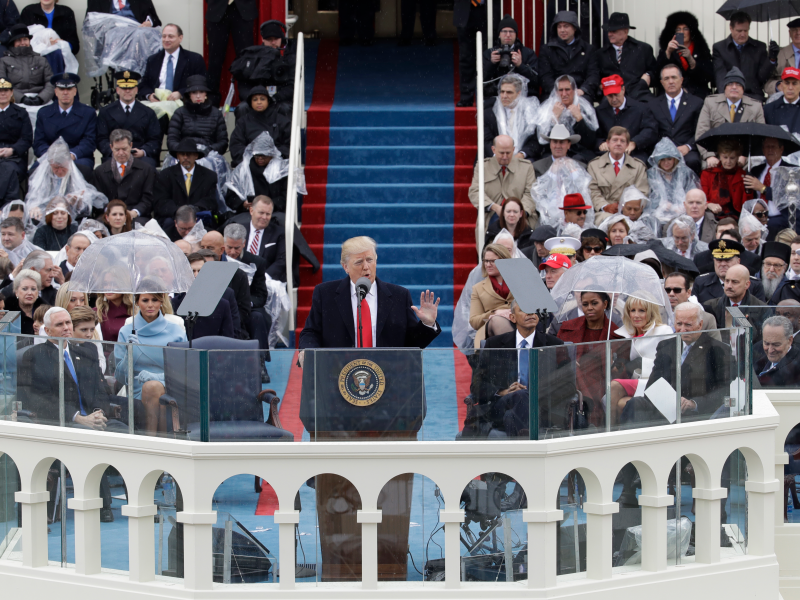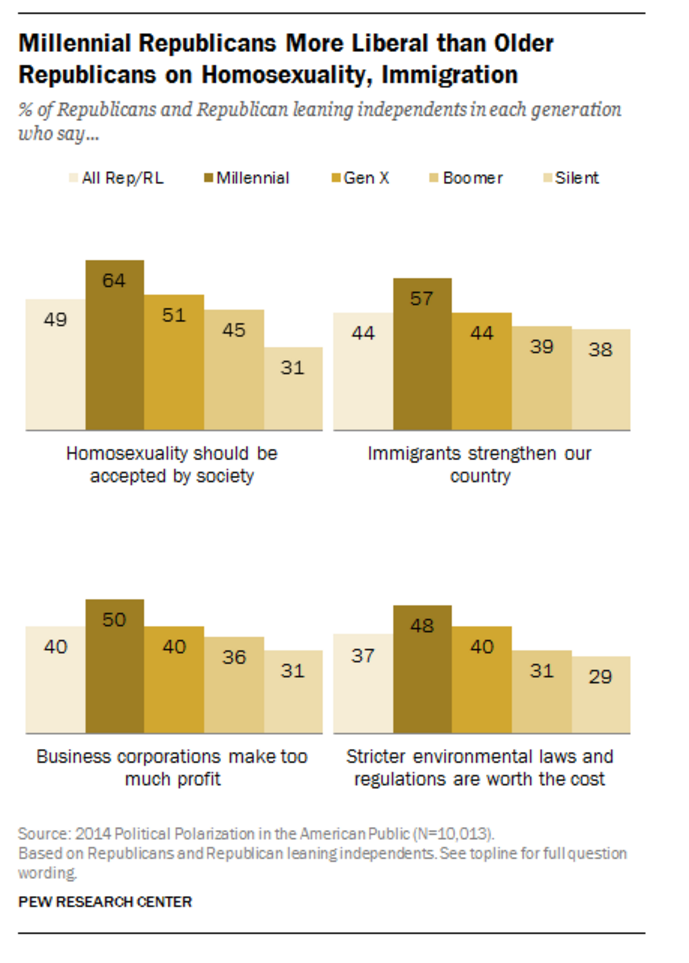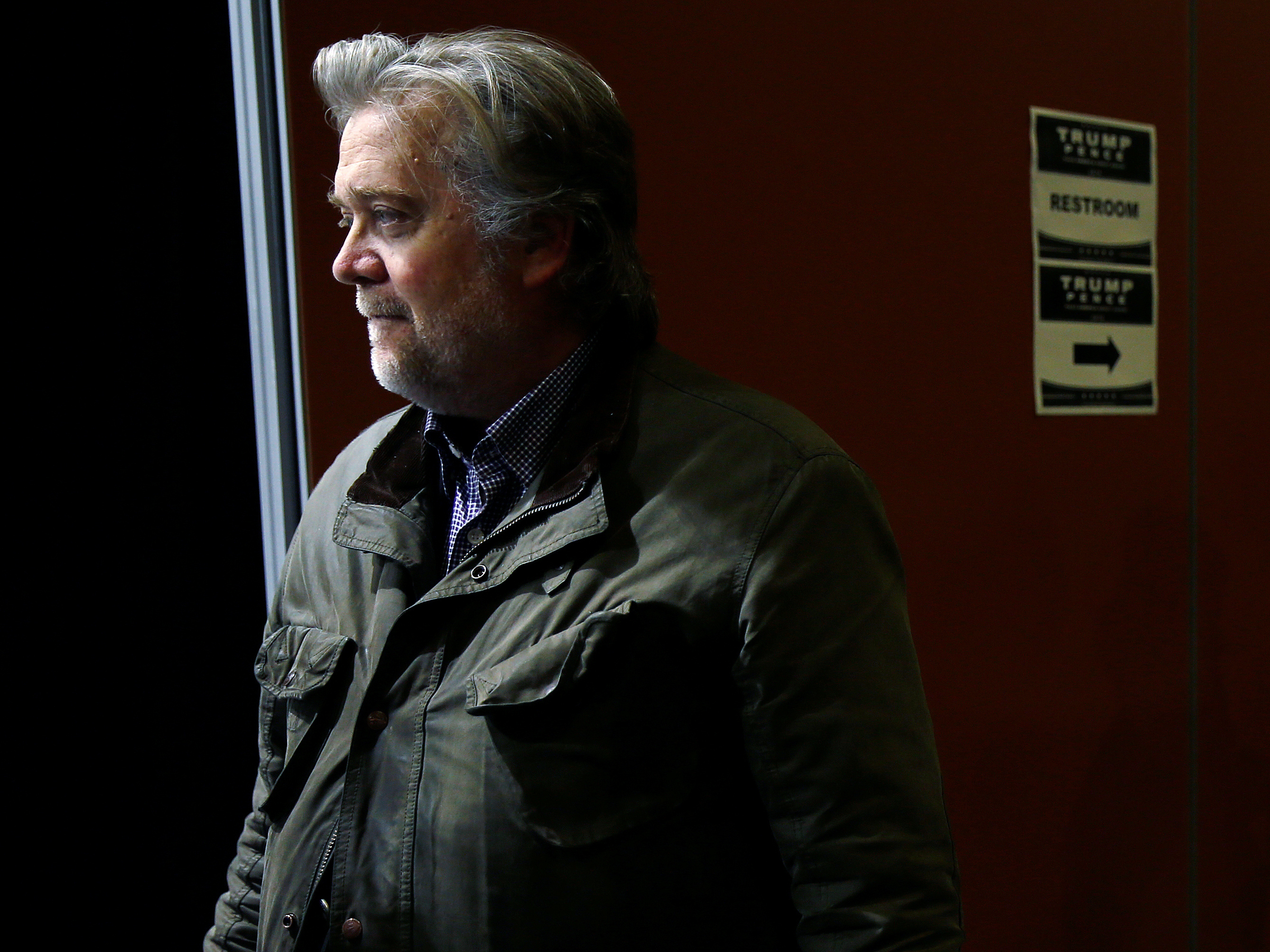President Trump’s adviser, Steve Bannon, is on the cover of this week’s Time magazine, and in the piece it is revealed that Bannon deeply believes in a theory about America’s future laid out in a book called “The Fourth Turning: What Cycles of History Tell Us About America’s Next Rendezvous with Destiny.”
This fact should concern every American.
In the book, authors William Strauss and Neil Howe theorize that the history of a people moves in 80-to-100 year cycles called “saecula.” The idea goes back to the ancient Greeks, who believed that at a given saeculum’s end, there would come “ekpyrosis,” a cataclysmic event that destroys the old order and brings in a new one in a trial of fire.
This era of change is known as the Fourth Turning, and Bannon, like Strauss and Howe, believes we are in the midst of one right now.
According to the book, the last two Fourth Turnings that America experienced were the Civil War and the Reconstruction, and then the Great Depression and World War II. Before that, it was the Revolutionary War.
All these were marked by periods of dread and decay in which the American people were forced to unite to rebuild a new future, but only after a massive conflict in which many lives were lost. It all starts with a catalyst event, then there's a period of regeneracy, after that there is a defining climax in which a war for the old order is fought, and then finally there is a resolution in which a new world order is stabilized.
This is where Bannon's obsession with this book should cause concern. He believes that, for the new world order to rise, there must be a massive reckoning. That we will soon reach our climax conflict. In the White House, he has shown that he is willing to advise Trump to enact policies that will disrupt our current order to bring about what he perceives as a necessary new one. He encourages breaking down political and economic alliances and turning away from traditional American principles to cause chaos.
In that way, Bannon seems to be trying to bring about the Fourth Turning.
The book in Bannon
Bannon has never been secretive about his desire to use Trump to bring about his vision of America. He told Vanity Fair last summer that Trump was a "blunt instrument for us ... I don't know whether he really gets it or not."
Perhaps not, but putting a Fourth Turning lens on Trump's policies certainly give them a great deal of context. Bannon believes that the catalyst for the Fourth Turning has already happened: the financial crisis.
So now we are in the regeneracy. Howe and Strauss describe this period as one of isolationism, one of infrastructure building and of strong, centralized government power, and a reimagination of the economy.
Of course it's important not to lose sight of the end here. Bannon believes in authoritarian politics as preparation for a massive conflict between East and West, whether East means the Middle East or China.

Over the years, Bannon has unsuccessfully tried to pressure historians such as David Kaiser, now at MIT, to say the same thing.
"I remember him saying, 'Well, look, you have the American revolution, and then you have the Civil War, which was bigger than the revolution. And you have the Second World War, which was bigger than the Civil War,' Kaiser said. 'He even wanted me to say that on camera, and I was not willing.'
"Howe, too, was struck by what he calls Bannon's 'rather severe outlook on what our nation is going through.' Bannon noted repeatedly on his radio show that 'we're at war' with radical jihadis in places around the world. This is 'a global existential war' that likely will become 'a major shooting war in the Middle East again.' War with China may also be looming, he has said. This conviction is central to the Breitbart mission, he explained in November 2015: 'Our big belief, one of our central organizing principles at the site, is that we're at war.'"
The reality of repetition
Ultimately, the danger of writing about the past at the same time one writes about the future is that it can be hard for an author to separate the two. The steps and missteps of the past seem so easily repeatable that the future seems to march in lockstep. But this is not what history has shown us. The catastrophes of every era have always materialized in their own unique ways.
It is here where Strauss and Howe fail in their work, and here where Bannon gets caught in their failure. The authors mention in passing that the event that brings us into a crisis could be "as ominous as a financial crisis or as ordinary as a national election."
This makes sense. The Fourth Turning of the Civil War and Reconstruction played out differently than the Fourth Turning afterward, the Depression and World War II.
But Strauss and Howe fail to recognize that difference in their description of the Fourth Turning to come. They forget that no two Turnings are alike; instead, they get trapped thinking that the last catalyst - the Great Depression, a financial crisis - was the next one as well, and Bannon does too.
This is why he believes that the Great Financial Crisis of 2008 was the catalyst of our crisis, just as the Great Depression was the catalyst in the previous saeculum. But the two are not comparable. Unemployment in the US never reached 20%, as it did then; it hit 10% in October 2009. In 2008 the government acted fast to prevent a full global meltdown, and it did not allow the situation to deteriorate the way President Herbert Hoover and his administration did for two years.
Instead of all of America suffering as one, what the financial crisis brought on was an exacerbation of the inequality growing in the world for the 40 years before it.
So when President Franklin Roosevelt described a country laid waste by the Great Depression in his inaugural address in 1933, he was describing a picture that all Americans were seeing. On the other hand Trump, in his inaugural, described a dark "American carnage" that many did not recognize. That lack of recognition marked our deep division as a country.

Alignment
So perhaps there is a Fourth Turning to come, but Bannon is not an architect of its initiation. According to Howe and Strauss, unity is the defining feature of the regeneracy. It is what allows leaders during a crisis to become "authoritarian, severe, unyielding" in commanding resources in order to rebuild society.
This is what allowed FDR to command the full force of government to put people back to work. But unity is less apparent in American society than it has been in years. Quite the contrary, our society is showing division as never before.
The stars of the "Fourth Turning" are baby boomers and millennials. Boomers are the ideologues who lead our country into conflict through folly; millennials are cast as the young heroes that bring them out of it.
Once the catalyst event takes place, Strauss and Howe describe a situation in which America coalesces under one leader - a boomer "Gray Warrior" - who will "urgently resist the idea that a second consecutive generation might be denied the American Dream. No matter how shattered the economy ... "

If Bannon believes that he is working for this Gray Warrior, then he's missing a very important point: Millennials are the ones who lead the way forward out of crisis in this story, but considering the needs of the young has never had any place under Trumpism. Trump's words appealed most to older generations who felt like something had been taken away from them, not to younger generations who felt like they were never given a chance at the American Dream in the first place.
The majority of young people who voted in 2016 voted against President Trump, and even more millennials chose to stay home. That is, in part, because Trump never offered young people anything. In July, at the Republican National Convention, the national head of the young Republicans, Alexandra Smith, warned her party about this.
"For too long Republicans haven't been making their case to millennials," Smith said, her saccharine tone smoothing over the severity of the situation. "There's just too much old and not enough grand in the way we express our party's value to the next generation of voters."
"The Fourth Turning" envisioned by Howe and Strauss requires a return to an agreed-upon set of values, but millennials and the GOP (or Bannon for that matter) couldn't be farther away from one another. For one, millennials are the most diverse group in US history (43% of them are nonwhite). Most do not share Bannon's vision for ethnic conflict.
"The Fourth Turning" is the story of our country unifying against internal struggles and an outside threat. The authors describe it as the natural course of history, as something that just falls into place. Instead, what we are seeing, with Trump's travel ban and his threats against Mexico and China, is the creation of enemies, enemies many Americans don't want to have.
Instead of uniting us, Bannon's belief in "The Fourth Turning" is dividing us. This is dangerous, uncharted territory. What comes next is, as always, unwritten.

